Cats are fascinating creatures with a penchant for independence. They’ve lived alongside humans for thousands of years, yet their wild spirit remains unbridled. As cat owners, it’s crucial to understand that while cats love our companionship, they also require space and freedom. Recognizing when your cat needs more autonomy can enhance their well-being and strengthen your bond with them. This article explores the signs that your feline friend might be craving more independence and how to cater to their needs.
Understanding Your Cat’s Body Language
Cats communicate largely through body language, and paying attention to their cues can tell you a lot about their desires. When a cat feels the need for space, they may exhibit behaviors such as flicking their tail or flattening their ears. These subtle signals can sometimes be overlooked but are essential in understanding your cat’s mood. If your cat is avoiding eye contact or choosing to sit away from you, it might be their way of asking for some alone time. Observing these signs can help you gauge when they need more autonomy, ensuring they feel comfortable and respected in their environment.
Recognizing Over-Grooming or Stress-Induced Behaviors
Over-grooming can be a sign that your cat is stressed and needs more autonomy. When cats feel anxious or overwhelmed, they might lick their fur excessively, sometimes even leading to bald patches. This behavior can be their way of coping with stress, similar to how humans bite their nails. If you notice your cat engaging in such behaviors, it might be a sign that they’re feeling confined or overwhelmed. Providing them with a quiet space or more opportunities to explore can help alleviate their stress and restore their sense of independence.
Identifying Aggressive Behavior
When a cat feels its space is being invaded, it might resort to aggressive behavior. Swatting, hissing, or biting can be indications that your cat is feeling cornered and desires more freedom. This aggression isn’t a sign of a bad temperament but rather an indication that your cat needs more control over its environment. Offering them a safe space to retreat to when they need a break can prevent these situations from escalating and allow them to feel more at ease.
Changes in Sleeping Patterns
Cats are known for their love of sleep, but a sudden change in their sleeping patterns can be a red flag. If your cat is sleeping more than usual or appears restless, it could be a sign that they’re trying to escape a stressful environment. Providing them with a quiet and private sleeping area can allow them the autonomy they need to relax and recharge. Cats, like humans, need their rest to function well, and ensuring they have a peaceful place to sleep can make a world of difference.
Decreased Appetite or Changes in Eating Habits
A sudden decrease in appetite or changes in eating habits can indicate that your cat is feeling stressed or needs more independence. Cats might refuse to eat if they feel their food area is too crowded or if they’re being watched while eating. Ensuring they have a quiet and private place to enjoy their meals can help them feel more in control and comfortable. By respecting their need for privacy during meal times, you can help them regain their appetite and maintain their health.
Desire for Exploration and Adventure
Cats are natural explorers, and their curiosity often leads them to seek new adventures. If your cat frequently tries to escape the house or is constantly looking out the window, it might be a sign that they’re craving more exploration opportunities. Providing them with safe outdoor experiences, such as a catio or supervised walks on a leash, can satisfy their adventurous spirit. This allows them to explore their surroundings and exercise their natural instincts while staying safe.
Seeking Solitude and Alone Time
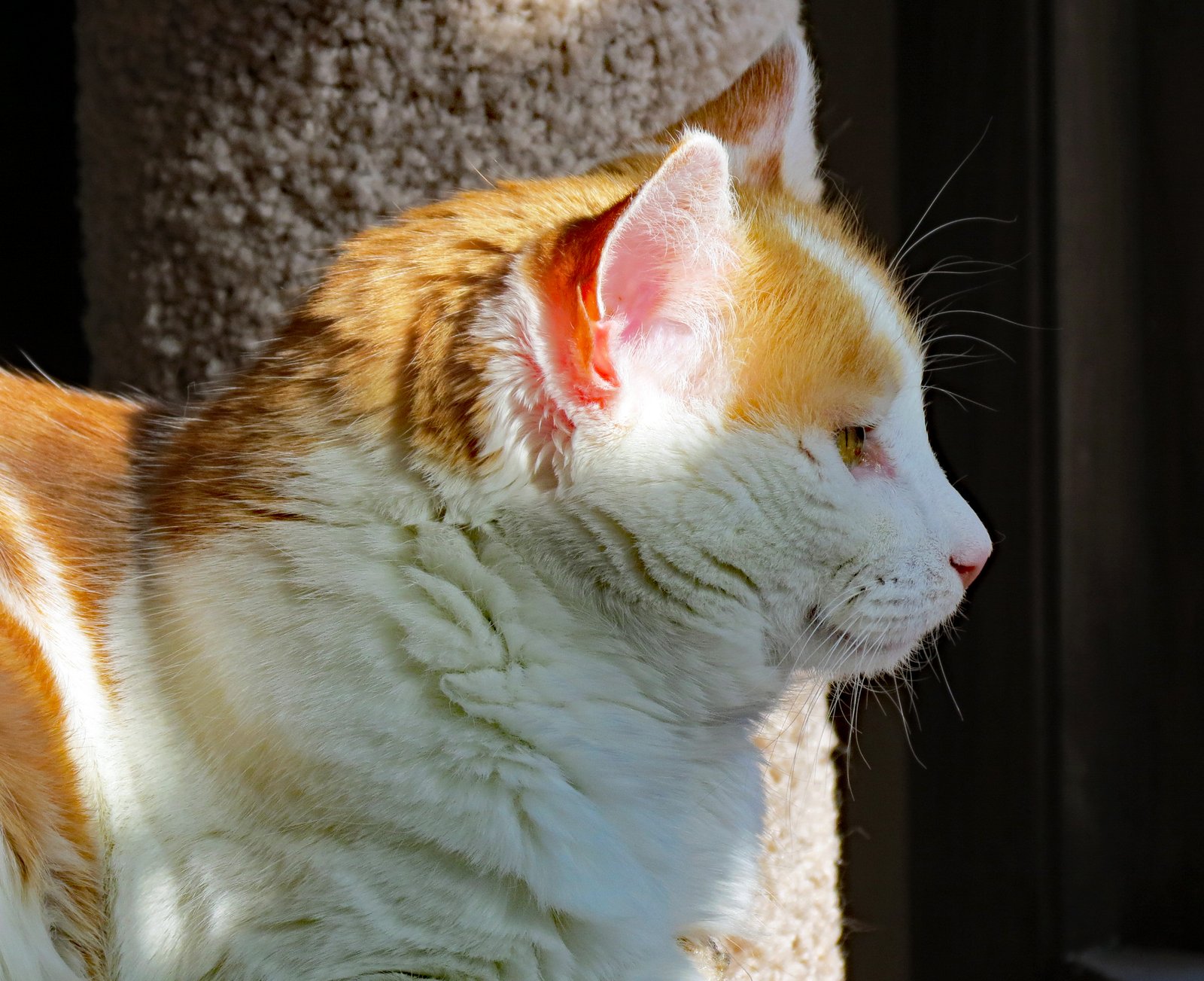
Just like humans, cats sometimes need their alone time. If your feline friend often retreats to a quiet corner or a hidden spot in the house, it might be their way of seeking solitude. Respecting their need for space and not disturbing them during these moments is essential in providing them with the autonomy they crave. Creating designated quiet areas in your home can offer them a safe haven to retreat to whenever they need a break.
Interest in New Toys or Activities

A sudden interest in new toys or activities can be a sign that your cat is seeking more mental stimulation and independence. Engaging them with interactive toys or puzzle feeders can provide the mental challenge they need and allow them to exercise their autonomy. These activities not only keep them entertained but also help them build confidence and independence. By introducing new and exciting challenges, you can keep your cat happy and mentally engaged.
Vocalization and Meowing Patterns
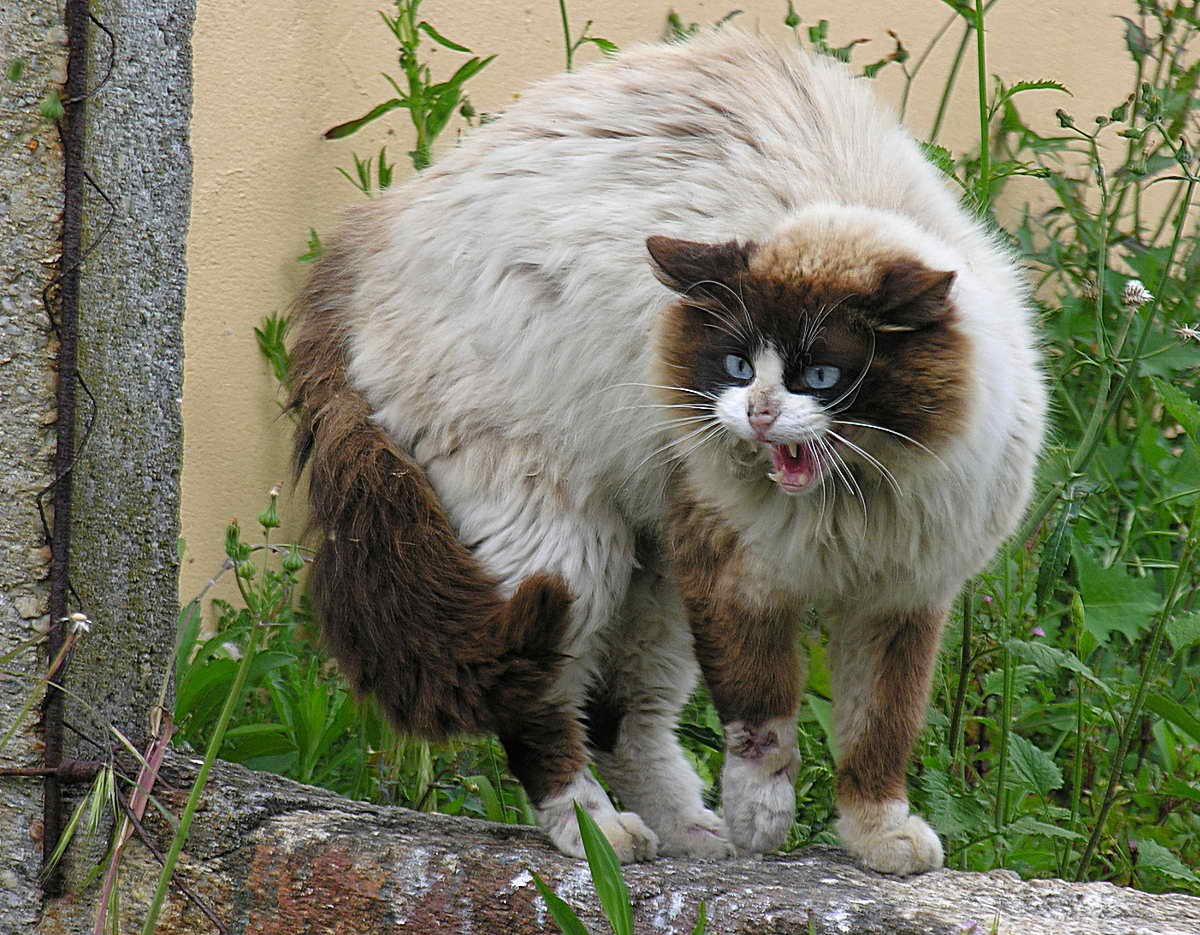
Cats communicate through vocalizations, and changes in meowing patterns can indicate a need for more autonomy. If your cat is meowing more frequently or in different tones, it might be their way of expressing their desire for freedom. Listening to their vocal cues and responding appropriately can help them feel heard and respected. By acknowledging their needs, you can create an environment where your cat feels valued and understood.
Changes in Litter Box Habits
A sudden change in litter box habits can be a sign that your cat is stressed or needs more autonomy. If they’re avoiding the litter box or having accidents outside of it, it might be their way of communicating discomfort. Ensuring that their litter box is in a quiet and private location can help them feel more in control. By providing them with a clean and accessible space, you can address their needs and prevent future issues.
Increased Scratching Behavior
Scratching is a natural behavior for cats, but increased scratching can indicate a need for more autonomy. If your cat is scratching furniture or other items more frequently, it might be their way of marking territory and asserting independence. Providing them with designated scratching posts can help them express this natural behavior in a safe and acceptable manner. By respecting their need to scratch, you can create a harmonious living environment for both of you.
Attention-Seeking Behavior
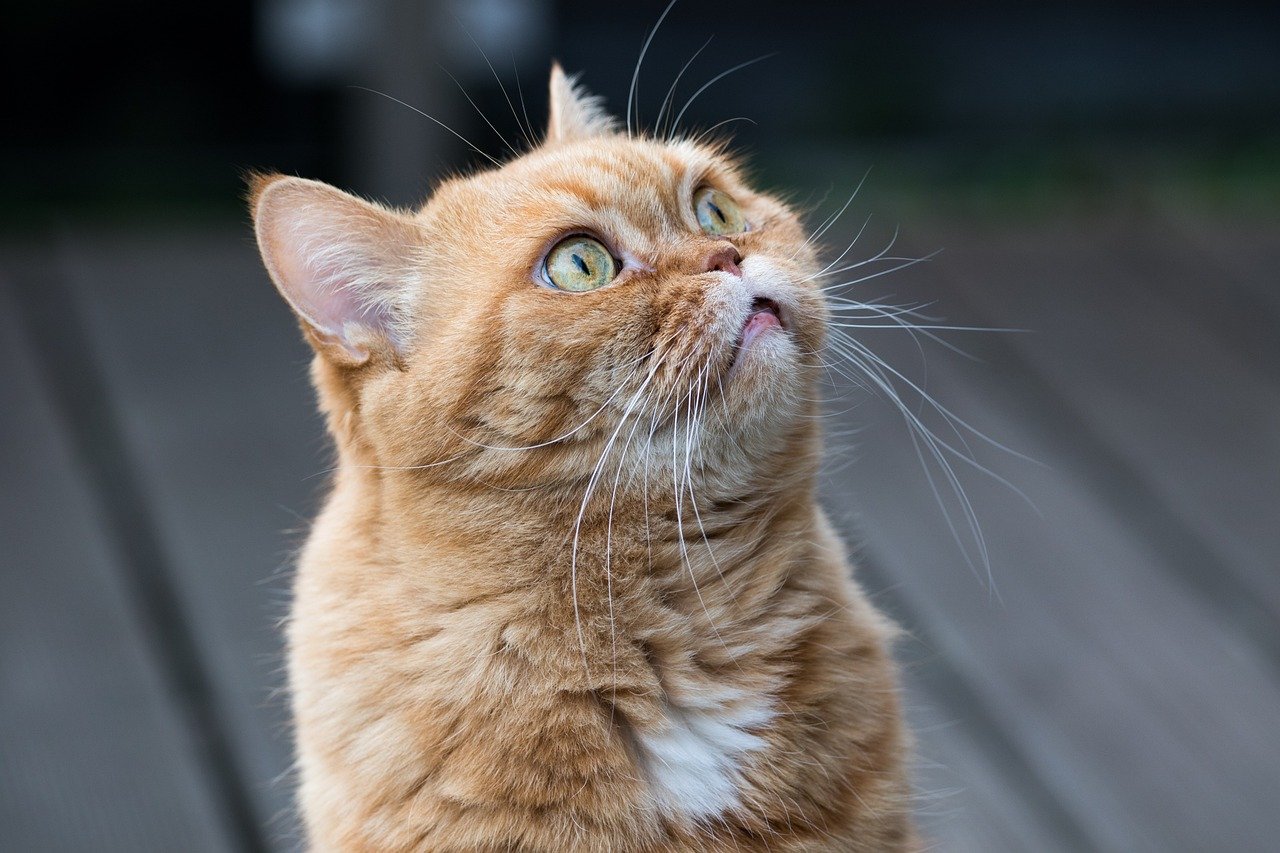
When a cat feels neglected or needs more autonomy, they might engage in attention-seeking behavior. This can include jumping on counters, knocking items over, or vocalizing loudly. Recognizing these behaviors as a cry for more independence can help you address their needs effectively. Providing them with interactive toys or new play opportunities can keep them occupied and satisfied.
Observing Changes in Social Interactions
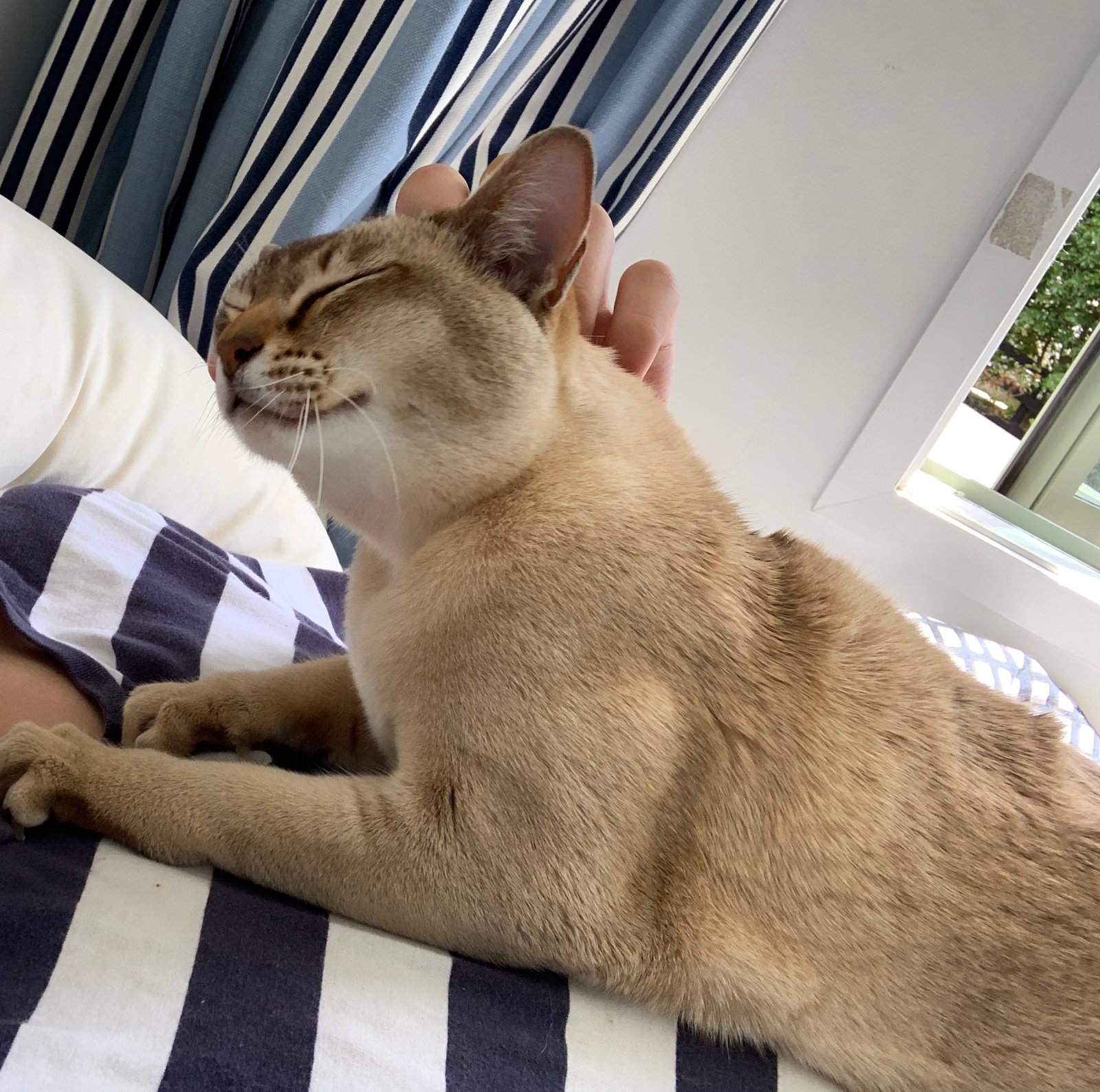
Cats are social creatures, but they also value their independence. If you notice changes in how your cat interacts with you or other pets, it might be a sign that they need more autonomy. They might become more aloof or prefer to spend time alone. Respecting their social boundaries and giving them the space they need can help them feel more comfortable and secure in their environment.
Providing Vertical Spaces
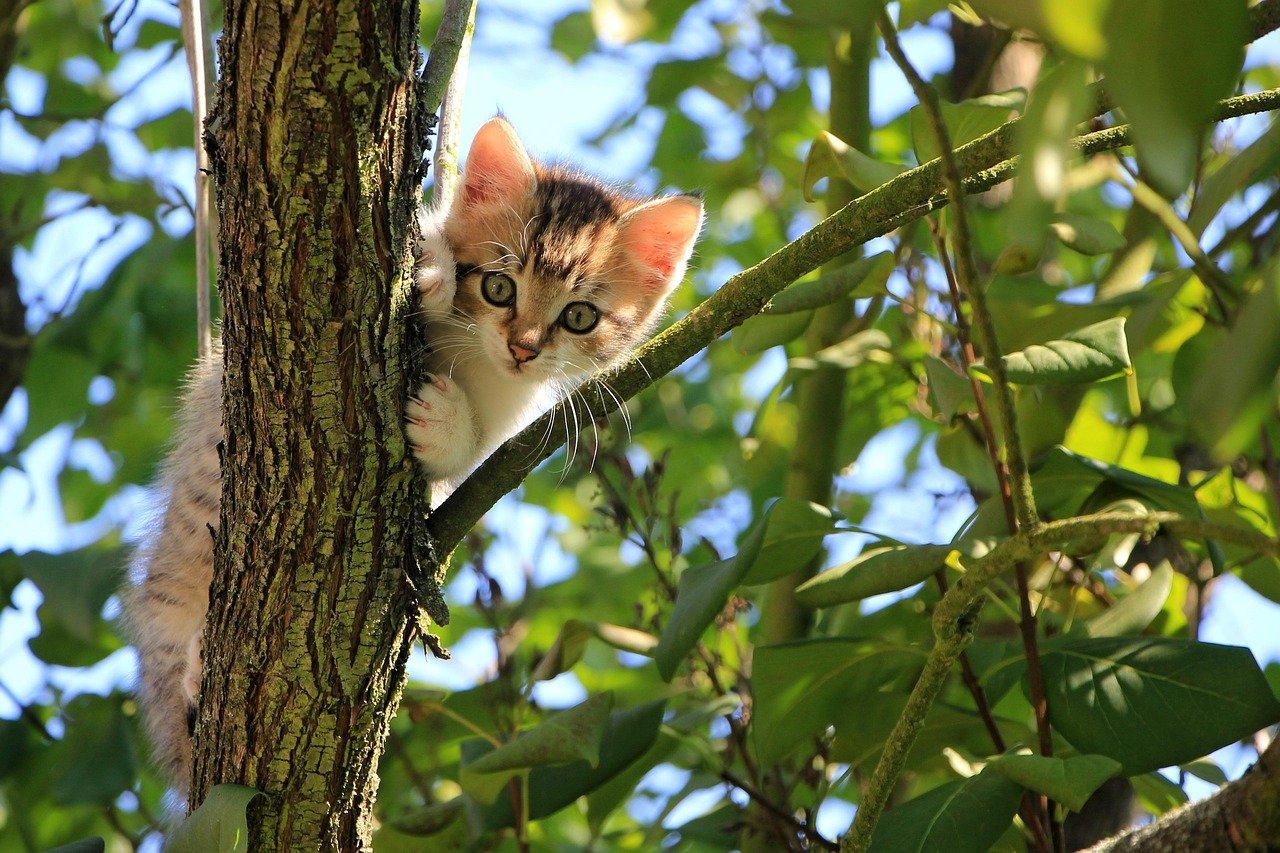
Cats love to climb and explore vertical spaces, which can give them a sense of autonomy and security. Installing cat trees or shelves can allow them to survey their surroundings from a safe height. This not only satisfies their natural instincts but also provides them with a personal space to retreat to when needed. By creating vertical spaces, you can enrich their environment and give them more freedom.
Allowing Controlled Outdoor Access
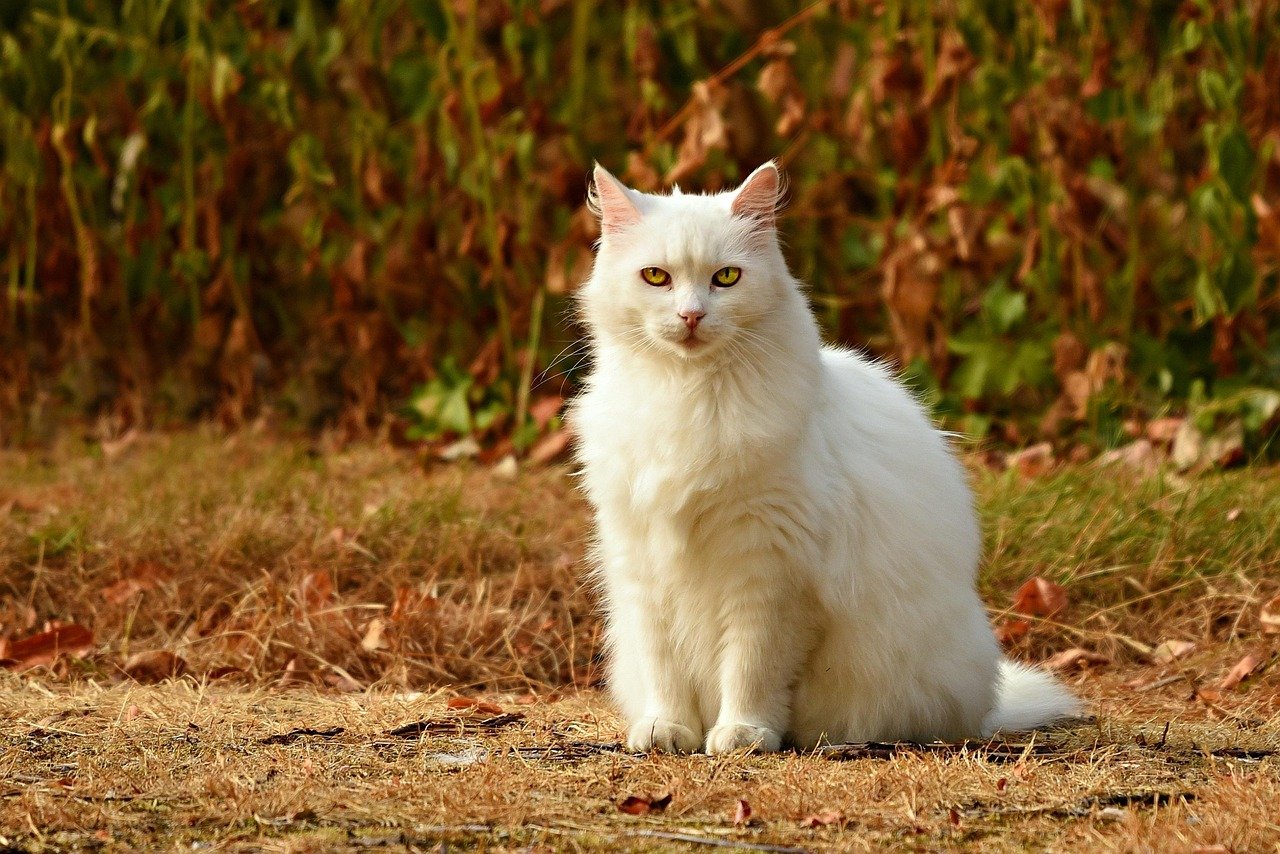
For some cats, having access to the outdoors can provide the autonomy they crave. However, ensuring their safety is paramount. Creating a secure outdoor enclosure or using a harness and leash can allow them to explore the outdoors safely. By giving them controlled outdoor access, you can satisfy their curiosity while keeping them protected from potential dangers.
Encouraging Independent Play
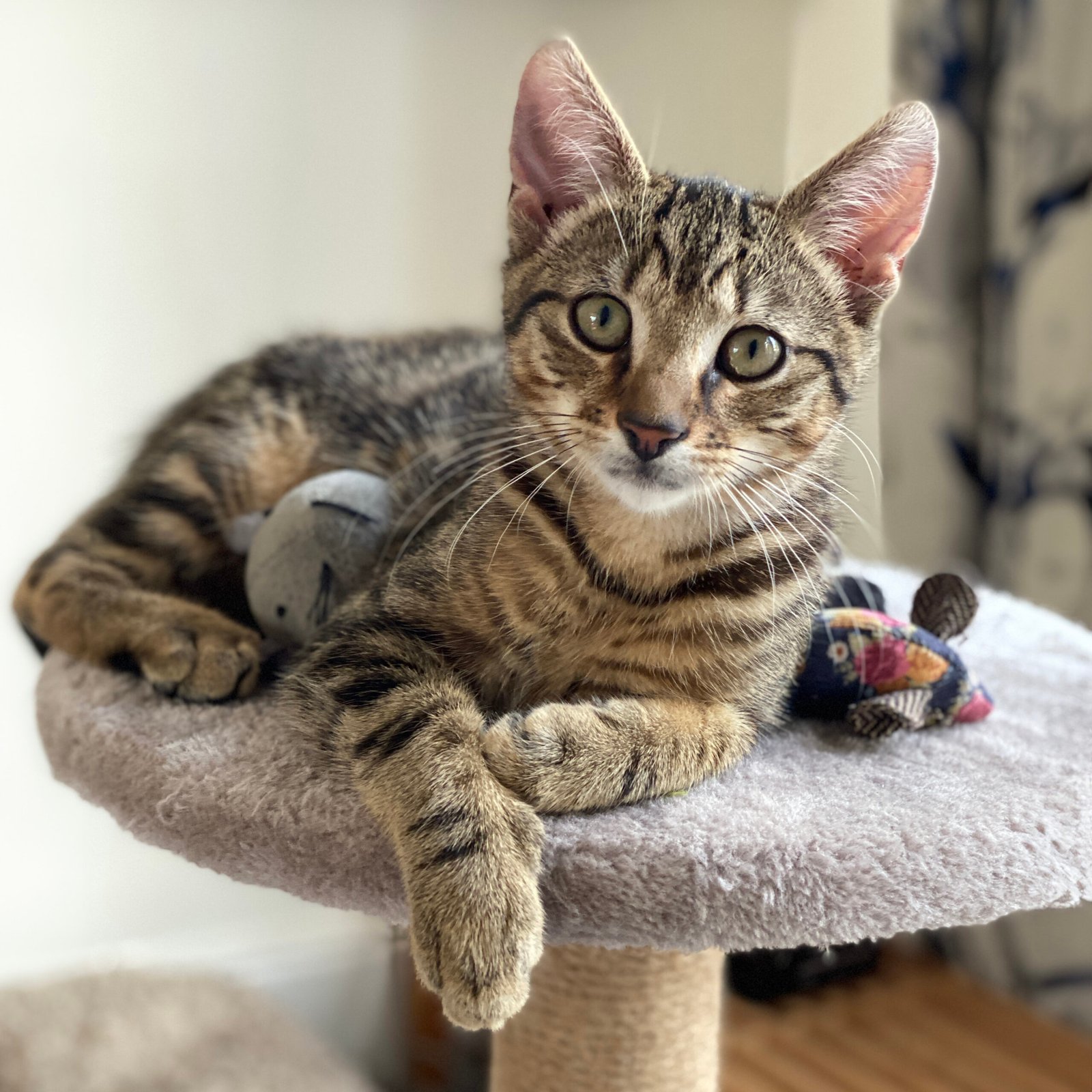
Encouraging independent play can help your cat develop confidence and autonomy. Providing them with a variety of toys, such as feather wands or laser pointers, can stimulate their natural hunting instincts. By promoting independent play, you can keep them entertained and allow them to exercise their independence. This not only benefits their physical health but also their mental well-being.
Recognizing the Importance of Routine
Cats thrive on routine, and disruptions can cause stress and a desire for more autonomy. Maintaining a consistent schedule for feeding, playtime, and grooming can help them feel secure and in control. By establishing a routine, you can provide them with a sense of predictability and stability. This can help them feel more at ease and reduce their need for increased autonomy.
Listening to Your Cat’s Needs
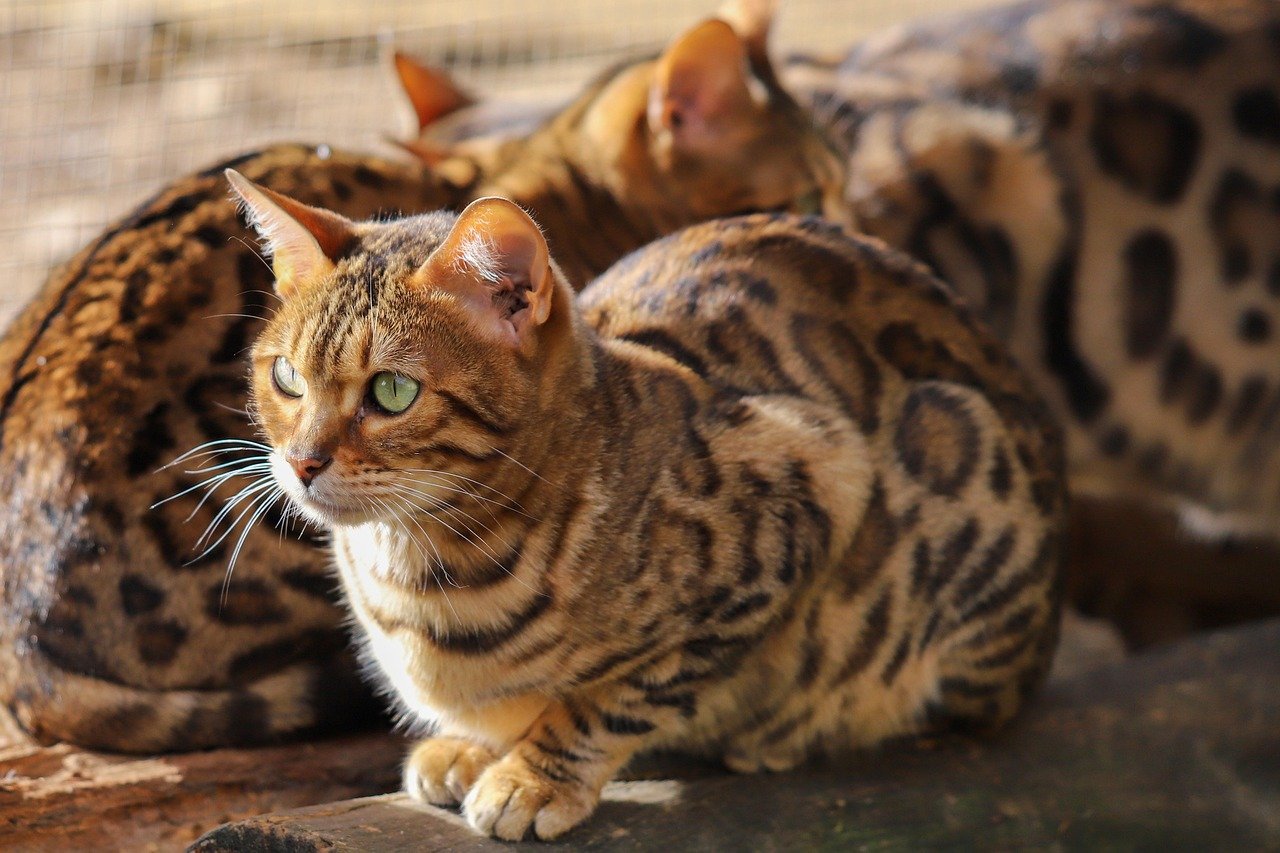
Every cat is unique, and their needs for autonomy can vary. Listening to your cat’s cues and responding to their needs is essential in providing them with the independence they crave. By being attentive and observant, you can create a harmonious relationship built on mutual respect and understanding. This not only enhances your bond but also ensures their happiness and well-being.
The Role of Environmental Enrichment
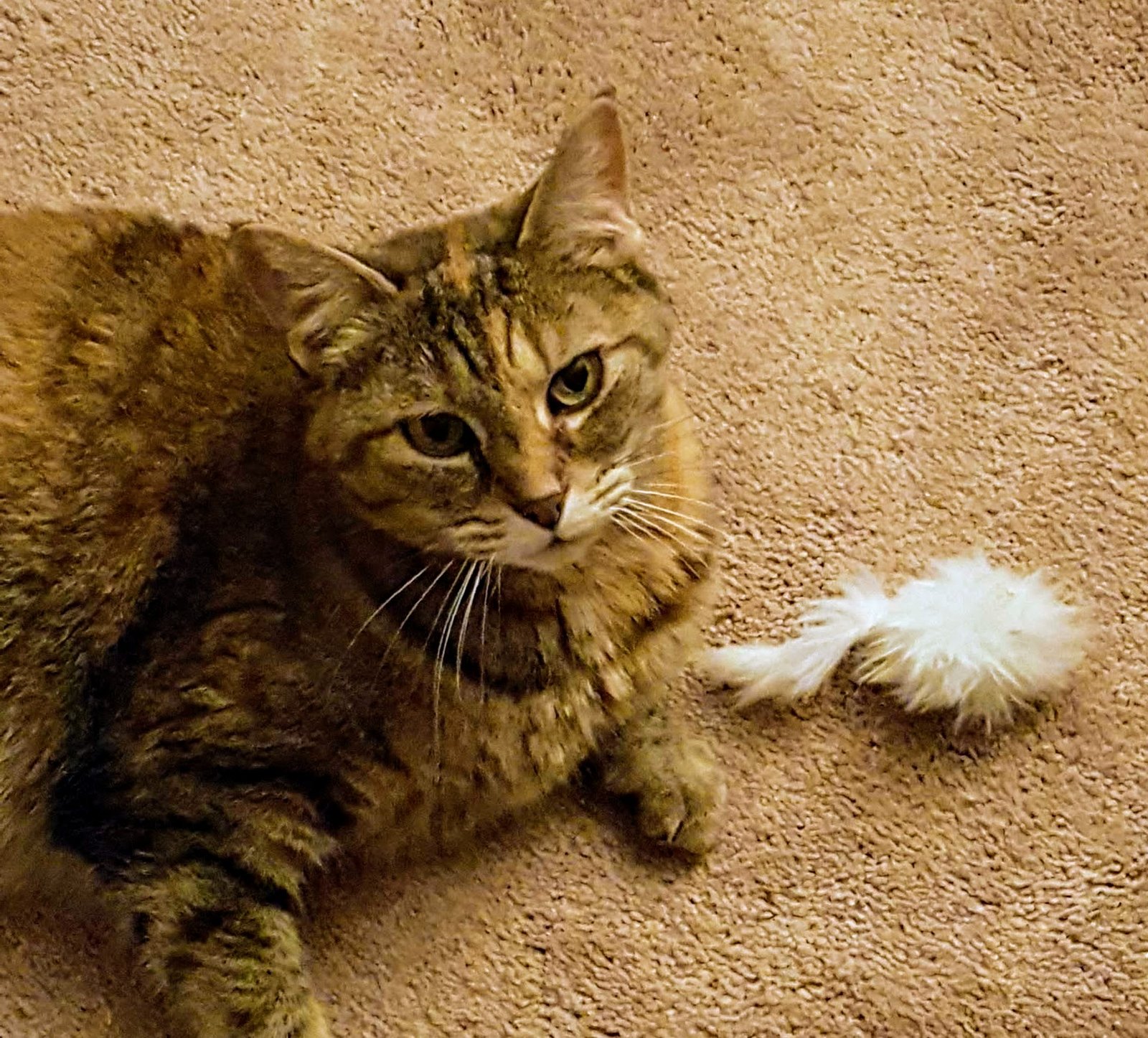
Environmental enrichment can play a significant role in providing your cat with the autonomy they need. Offering them a stimulating and engaging environment can prevent boredom and promote independence. This can include providing a variety of toys, scratching posts, and climbing structures. By enriching their environment, you can encourage them to explore and interact with their surroundings.
Conclusion
Recognizing when your cat needs more autonomy is crucial in ensuring their happiness and well-being. By being attentive to their cues and providing them with the space and freedom they crave, you can foster a loving and respectful relationship. Understanding their needs and creating an environment that promotes independence can enhance their quality of life and strengthen your bond with them.
Hi, I’m Bola, a passionate writer and creative strategist with a knack for crafting compelling content that educates, inspires, and connects. Over the years, I’ve honed my skills across various writing fields, including content creation, copywriting, online course development, and video scriptwriting.
When I’m not at my desk, you’ll find me exploring new ideas, reading books, or brainstorming creative ways to solve challenges. I believe that words have the power to transform, and I’m here to help you leverage that power for success.
Thanks for stopping by, Keep coming to this website to checkout new articles form me. You’d always love it!






